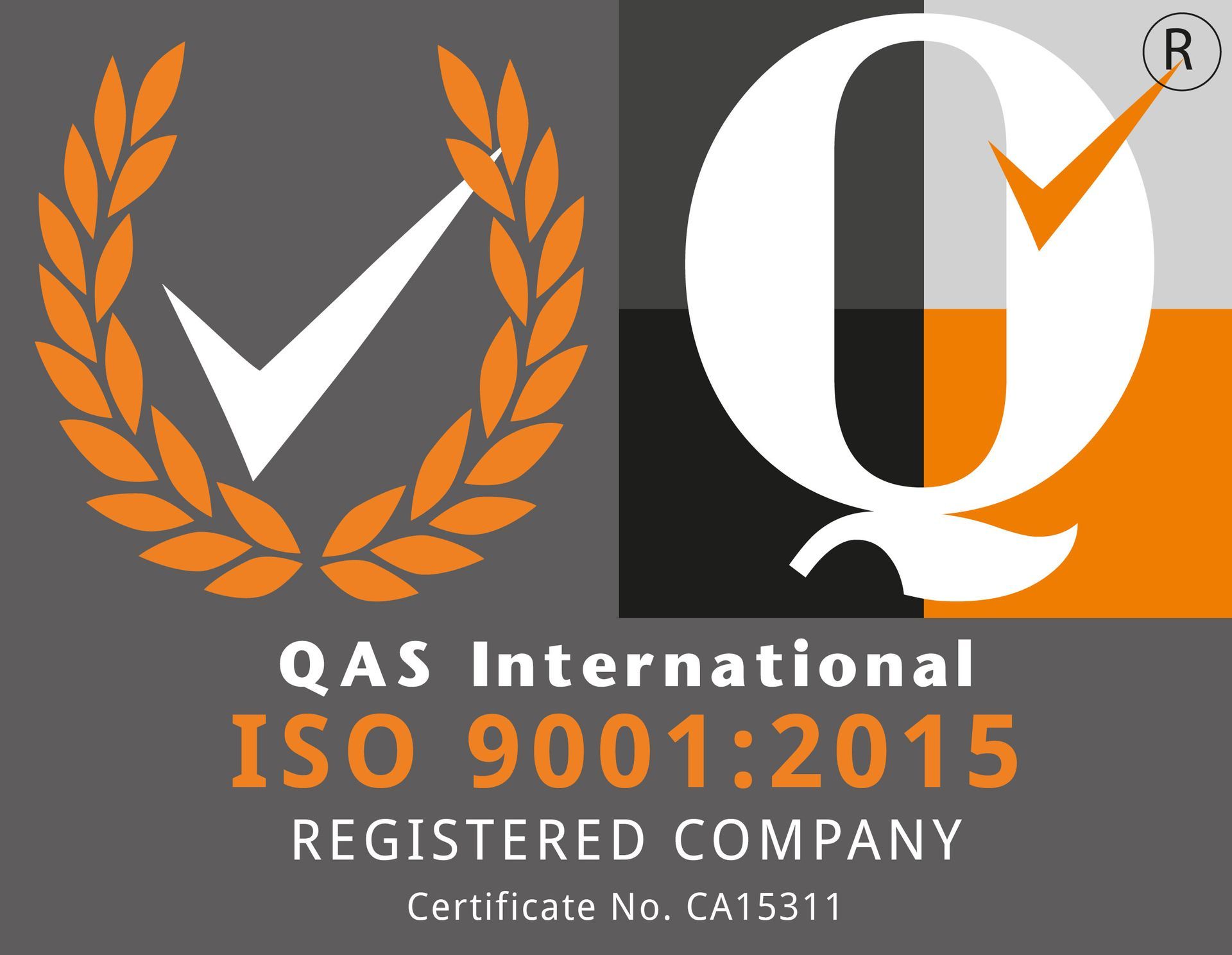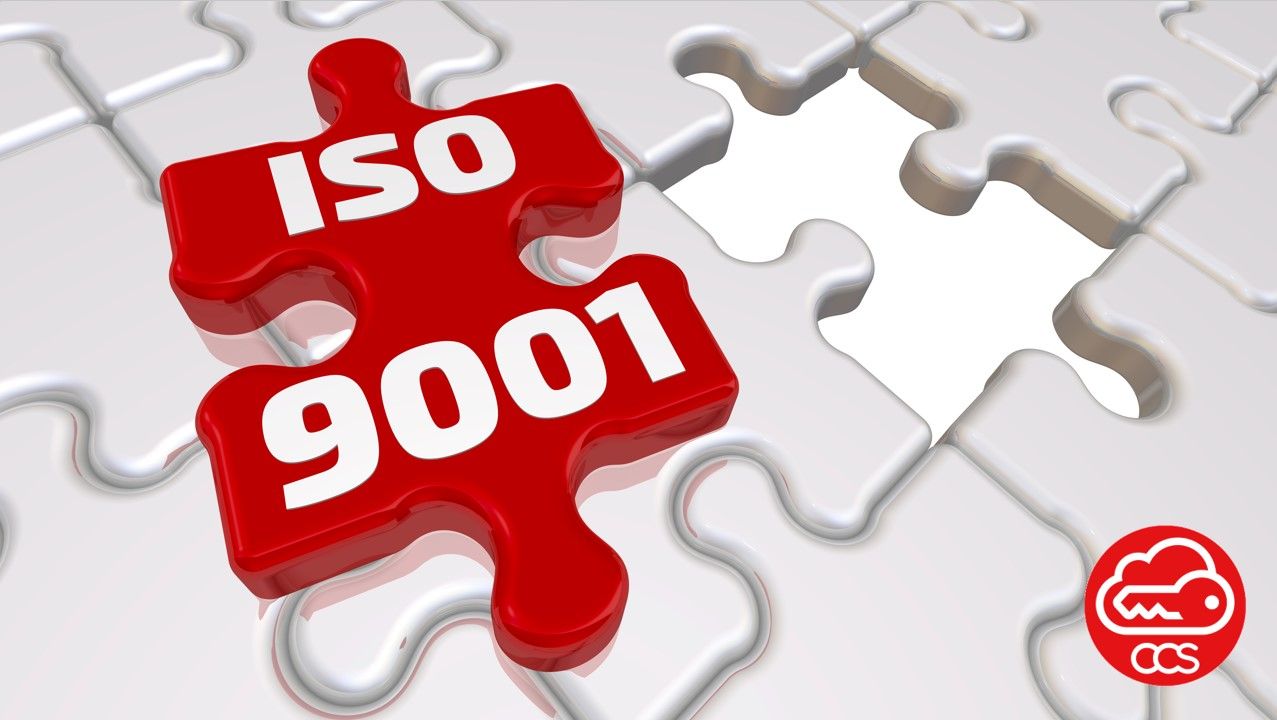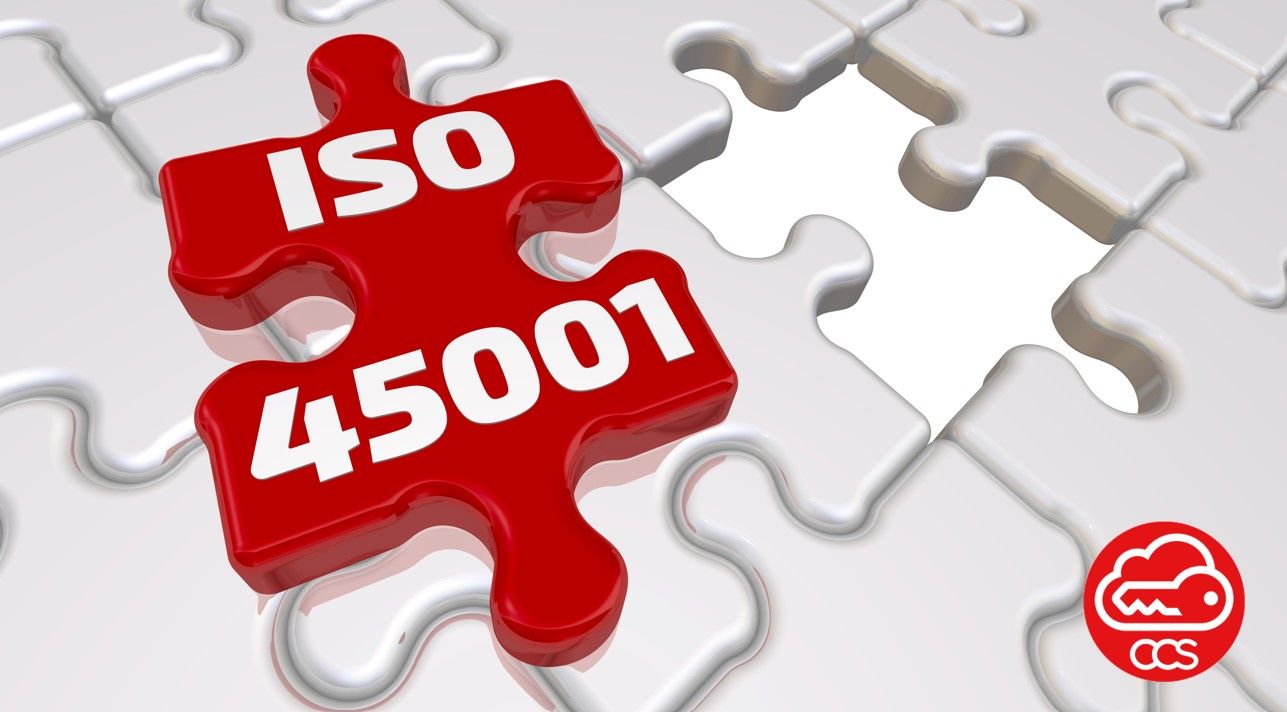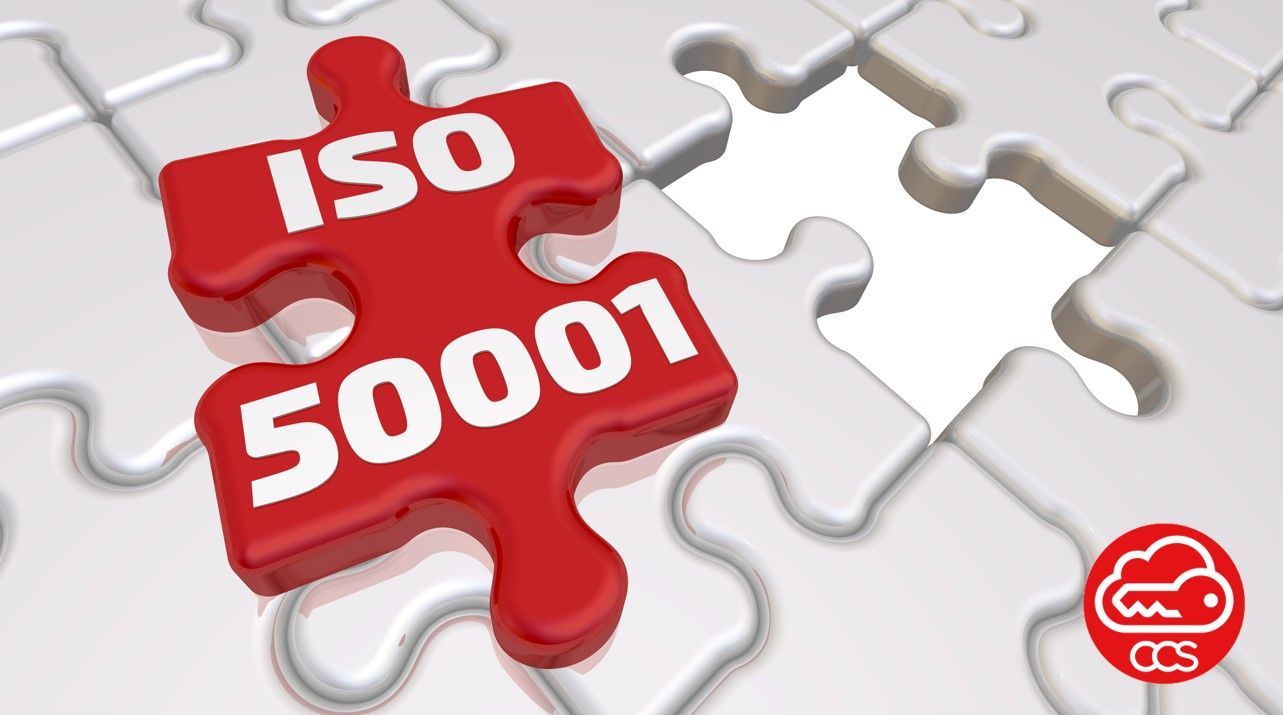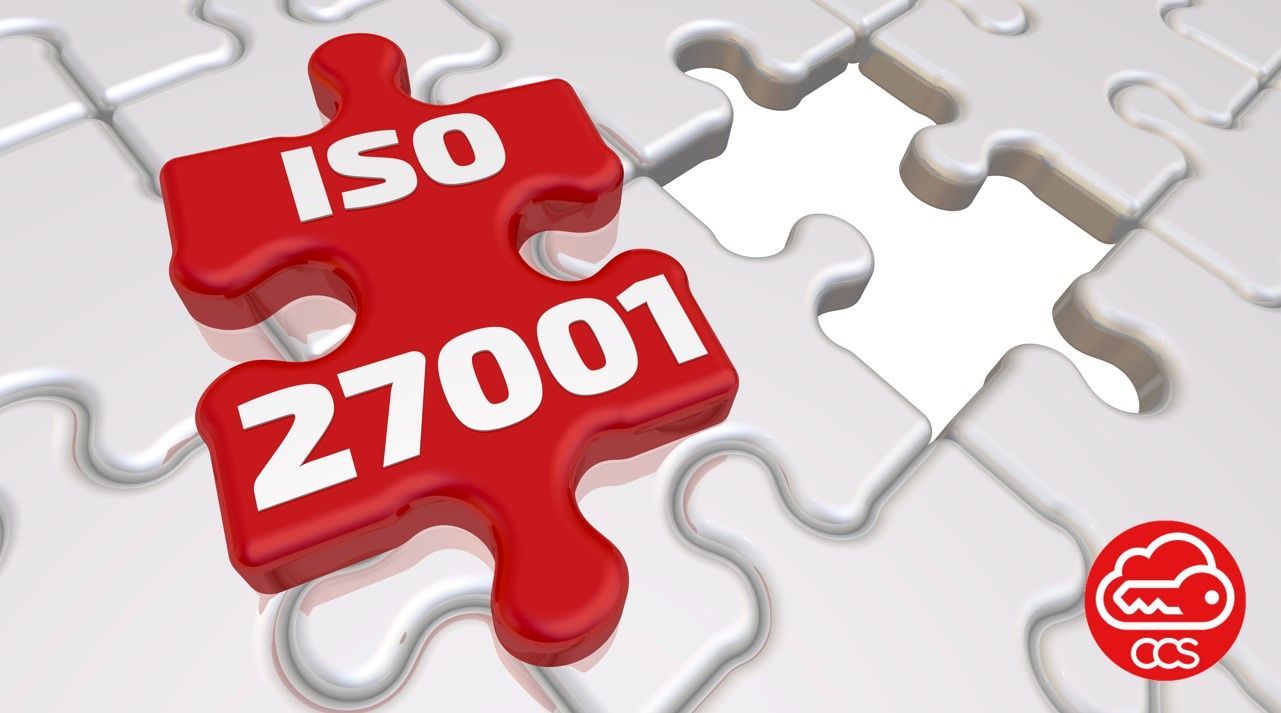Harnessing ISO14001 to Advance
Clean Air on International Day of Clean Air for Blue Skies
The United Nations International Day of Clean Air for blue skies, observed on September 7th, stands as a significant global initiative to address the urgent need for clean air. Air pollution's adverse impact on human health and the environment is a growing concern. In this context, ISO14001, an internationally recognized standard for environmental management systems, holds the potential to contribute significantly to achieving the objectives outlined by UN Member States.
ISO14001 and Air Quality Improvement
It is a powerful tool that organizations can leverage to proactively manage their environmental impact, including air quality. This standard outlines a systematic approach to environmental management, helping organizations identify, assess, and manage environmental risks, such as air pollution. By adopting the standard, organizations commit to aligning their operations with environmentally responsible practices, which directly supports the UN's vision of clean air for blue skies.
Key Contributions of ISO14001 to the International Day of Clean Air
- Strategic Planning for Air Quality Improvement:
- It encourages organizations to develop a comprehensive environmental management strategy. By integrating air quality improvement initiatives into their management systems, organizations contribute to the global effort to reduce air pollution and its negative effects on health.
- Regular Monitoring and Reporting:
- It emphasizes the importance of ongoing monitoring and reporting of environmental performance. This includes tracking air quality indicators and emissions, providing a reliable basis for measuring progress and making data-driven decisions to reduce air pollution.
- Stakeholder Engagement:
- The standard emphasizes involving stakeholders in environmental decision-making. Organizations can engage with communities, authorities, and other relevant stakeholders to collectively address air quality concerns and foster collaborative solutions.
- Adoption of Best Practices:
- It guides organizations to adopt best practices for reducing pollution. This can involve implementing cleaner technologies, optimizing processes to minimize emissions, and adhering to regulations that ensure cleaner air.
- Enhanced Transparency:
- Transparency is a key component of the standard. By openly communicating their efforts to improve air quality, organizations build trust and accountability with stakeholders, contributing to the broader goal of cleaner air.
ISO14001's Alignments with Global Objectives
It's principles align closely with the UN's objectives to reduce the adverse impacts of pollution and improve air quality. By adopting the standard, organizations commit to sustainable practices that not only benefit their own operations but also contribute to the collective global endeavor for cleaner air and healthier communities.
The UN International Day of Clean Air for blue skies serves as a stark reminder of the pressing need to combat air pollution and its far-reaching consequences. This vital standard offers a structured approach for organizations to embrace environmental responsibility, including air quality improvement. By integrating it into their operations, organizations can play a pivotal role in realizing the UN's vision of clean air, protecting human health, and creating a more sustainable future for all.
On this important day, the adoption of ISO14001 stands as a tangible step towards cleaner air and brighter skies.
